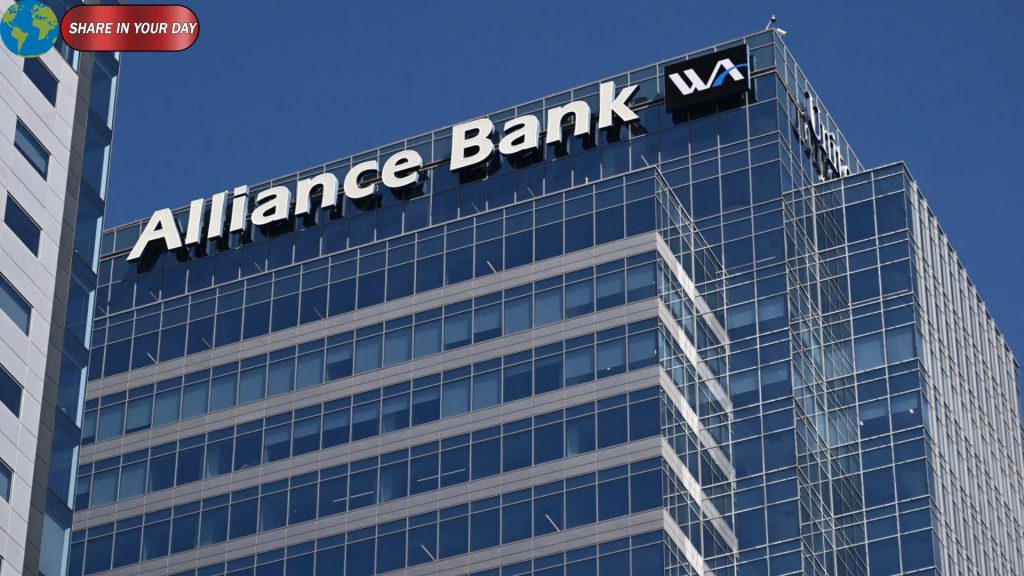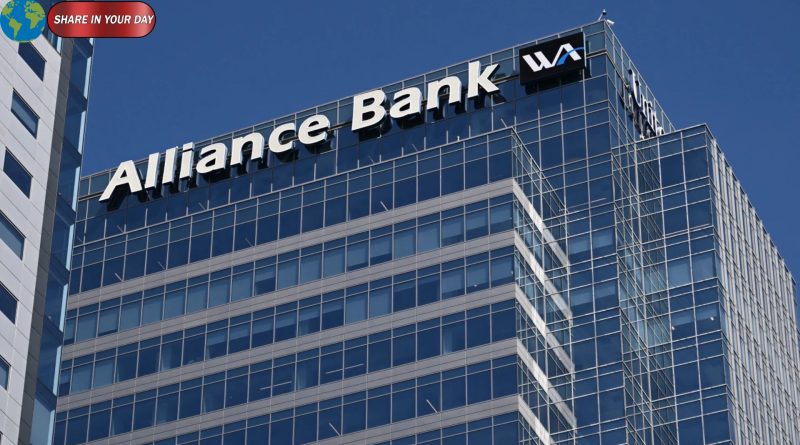Why Bad Loans at Regional Banks Should Concern Everyone
In recent months, regional banks across the U.S. have seen a concerning surge in bad loans — debts that borrowers are failing to repay. While local in scale, this trend may carry risks far beyond individual communities.
Regional banks often serve small businesses, local developers, and everyday consumers. When defaults rise, it erodes their balance sheets, strains capital reserves, and squeezes lending capacity. In turn, credit gets tighter, growth slows, and the effects ripple outward.
Experts point to several contributing factors: interest rate hikes increasing borrowing costs, real estate valuations under pressure, and aggressive lending behavior in search of yield. When the economy softens or sectors like commercial real estate falter, regional banks are often exposed first.
Unlike large national banks, these smaller institutions typically have less diversified portfolios and thinner buffers, making them more vulnerable. But their struggles aren’t isolated: interconnectedness via deposit flows, interbank lending, and regional economies means stress can propagate.
For consumers and businesses, the consequences might look subtle at first — fewer loan approvals, higher borrowing costs, or more cautious credit terms. But if failures mount, confidence can waver, credit markets tighten, and systemic risks grow.
The takeaway: rising bad loans at regional banks is not just a local issue. It’s a warning sign for the broader financial system. Monitoring bank health, regulatory responses, and signs of contagion is essential now — whether you’re a policymaker, investor, or everyday depositor





